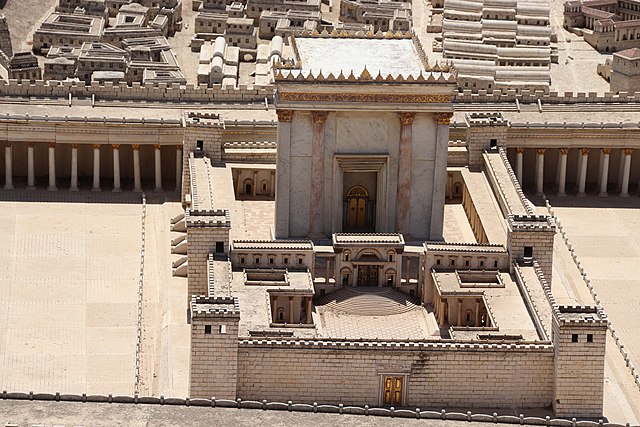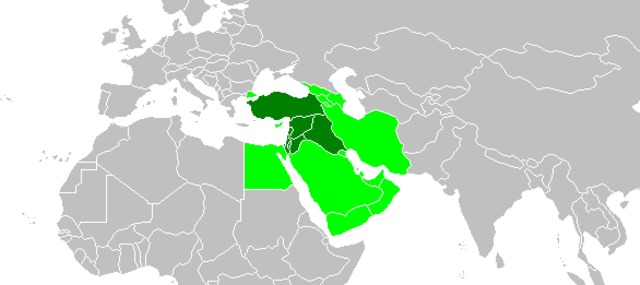INTRODUCTION
The evolution of religious beliefs has been a topic of scholarly interest for centuries. Starting in the 19th Century, scholars believed that early cultures started with polytheism and that monotheism was a more recent concept. However, when looking at the evidence including the Bible, it appears that things came about the other way around.
MONOTHEISM: WORSHIP OF THE SUPREME BEING
At its core, monotheism revolves around the worship of a singular supreme deity. This doesn’t negate the existence of lesser gods or divine beings but emphasizes the supreme authority of one overarching deity that these beings cannot rival. Early religious systems, particularly in the Ancient Near East, often hinted at this concept. In these systems, there existed a high god around whom a pantheon of lesser deities revolved.
ORIGINS OF POLYTHEISM IN BIBLICAL TEXTS
A significant biblical passage that illuminates this concept is Deuteronomy 32:8-9. The verses depict a time when the “Most High” divided nations and assigned them to ‘gods’ or divine beings. The “Most High” is indicative of a supreme deity, suggesting an early monotheistic worldview. This hierarchical structure implies a supreme deity with lesser gods (members of the heavenly host) assigned to different nations. Over time, as these nations developed unique identities, the lesser gods might have evolved into distinct pantheons.
INTERPLAY BETWEEN NATIONS AND THEIR GODS
The interaction between these nations—through trade, alliances, or wars—reflected in the realm of their gods. As nations clashed, it was seen as a symbolic clash between their respective deities. This dynamic further entrenched the idea of multiple powerful gods, each holding sway over their domain.
ISRAEL’S DISTINCT MONOTHEISM
Interestingly, Deuteronomy 32:9 stresses Israel’s unique relationship with the LORD. While other nations had their patron deities, Israel was directly under the purview of the supreme deity. This relationship set Israel apart, establishing its staunch monotheistic faith amidst surrounding polytheistic cultures.
THE EVOLUTION FROM MONOTHEISM TO POLYTHEISM
While the original monotheistic view acknowledged a single, supreme deity, over time, the lesser gods associated with different nations might have gained prominence. As nations carved out their narratives and histories, these gods took on more distinct characteristics, gradually leading to a diverse polytheistic tapestry.
CONCLUSION
The intricate dance between monotheism and polytheism in ancient times is fascinating. While there are suggestions that monotheism might have preceded polytheism, it’s evident that the two belief systems coexisted, intertwined, and influenced each other in various ways. The Bible provides valuable insights into understanding this evolution, underscoring the fluidity and complexity of ancient religious beliefs.
Discussion Questions:
- How does the account in Deuteronomy 32:8-9 shape our understanding of early religious systems and the relationship between monotheism and polytheism?
- What factors might have influenced the rise of distinct polytheistic pantheons among various ancient nations?
- How did Israel’s unique monotheistic stance influence its interactions with neighboring polytheistic cultures?
Want to Know More?
- “The Early History of God: Yahweh and the Other Deities in Ancient Israel” by Mark S. Smith. This book delves deep into the religious setting of ancient Israel, exploring its monotheistic faith against the backdrop of surrounding polytheistic cultures.
- “Ancient Israel: From Abraham to the Roman Destruction of the Temple” edited by Hershel Shanks. This comprehensive book provides insights into the religious and cultural environment of ancient Israel, shedding light on the nation’s unique monotheistic stance amidst a sea of polytheistic neighbors.
- “Monotheism and Polytheism in Ancient Israel” by Nathan MacDonald. MacDonald’s work examines the coexistence of monotheistic and polytheistic elements in ancient Israel, offering insights into their complex relationship.




